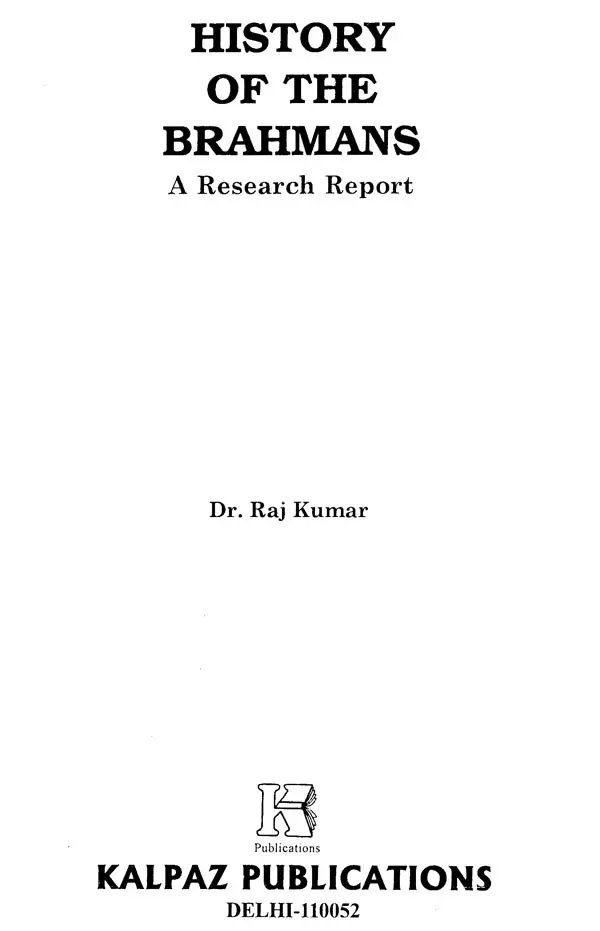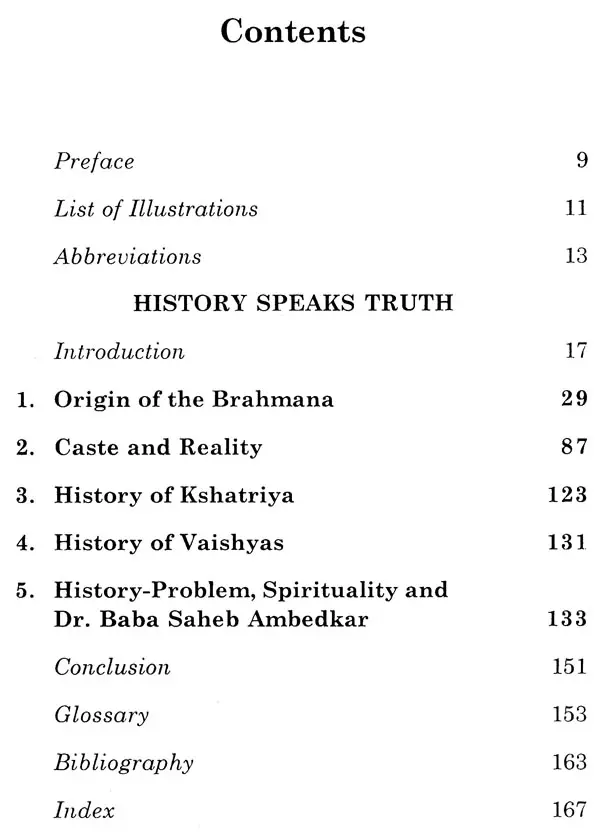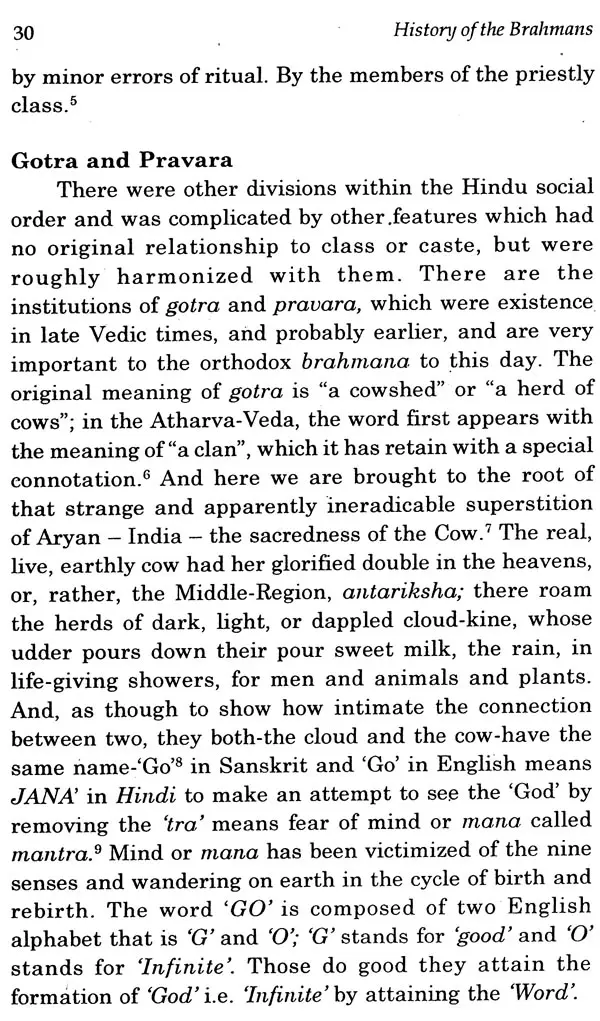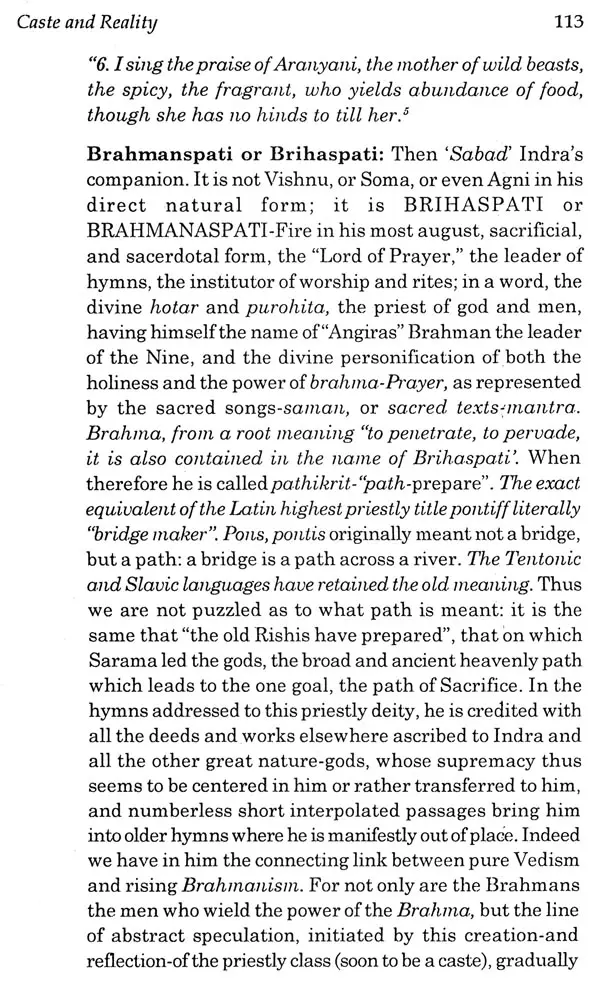About the Book Rule of Brahminical order made the social system complicated. Presently of politics in the world, sought practical solution for concrete problems relating to society. Infact, real programmes and ideals for social good had been abandoned by the Brahminical elites. Research report has brought to light certain neglected truth, though it may be call for some serious reservations. Karl Marx has rightly expressed "History does nothing, it possessed no immense wealth, fights no battles. It is rather man, real living man who does everything, who possesses and fights," Thus, the history of the Brahmans is a destructive one, and the history of the 'Shudras' is a constructive one.
About the Author Dr. Raj Kumar born at Nazla Chack, Tehsil Akhnoor, District Jammu. He took his Ph. D. from the University of Jammu in 2003. Dr. Raj Kumar is presently working as a Sr. Historian in the Department of Higher Education, Government of Jammu and Kashmir since 13 years. Besides this work, he has many publications and the prominent among them is "Paintings and Lifestyles of Jammu Region" (From 17th to 19th century A.D.). He has also various research papers to his credit and published in various national and state level journals. He is also an active member of various national and international academic organizations who are working for the cause of exploration of the sufferings of the human life. The present work entitled, "History of the Brahmans", is the result of the meditation of the 'Word' or 'Nam' according to the advise of the 'Perfect Master', who is away from the material world.
Introduction Since the end of the Rig-Vedic Period the four foldi division of the Hindu society was regarded as fundamental, primeval, divinely ordained.' But we must dwell a while on the original' division on the social body into four distinct, well defined classes: (1) the priest BRAHMAN; (2) the warriors-KSHATRIYA or RAJANYA; (3) the working class-VAISHYA (farmers, craftsmen, and traders); and (4) the Menial class SHUDRA; in other words: those who pray; those who fight: those who produce and barter; and those who serve' were crystallizing throughout the period of the. Rig-Veda. They have survived to the present day. Let us see how the great Brahmanic Code The Laws of Manu defines the duty of Brahmans, he [Brahma] assigned teaching and studying the Veda sacrificing for their own benefit and for others giving and accepting of alms. Of professional priests there were various types and classes-in the earliest times, we read of the semi legendary. (Fig. 1), rsis" (Fig. 2) or seers. Who compose the Vedic hymns, while the sacrificial ritual demanded a number of priests (rtyij) with specialized duties invokers (hotr), cantors (udgatr) and priests to perform the manual operations of the ceremony (adhvaryu).
Book's Contents and Sample Pages






















